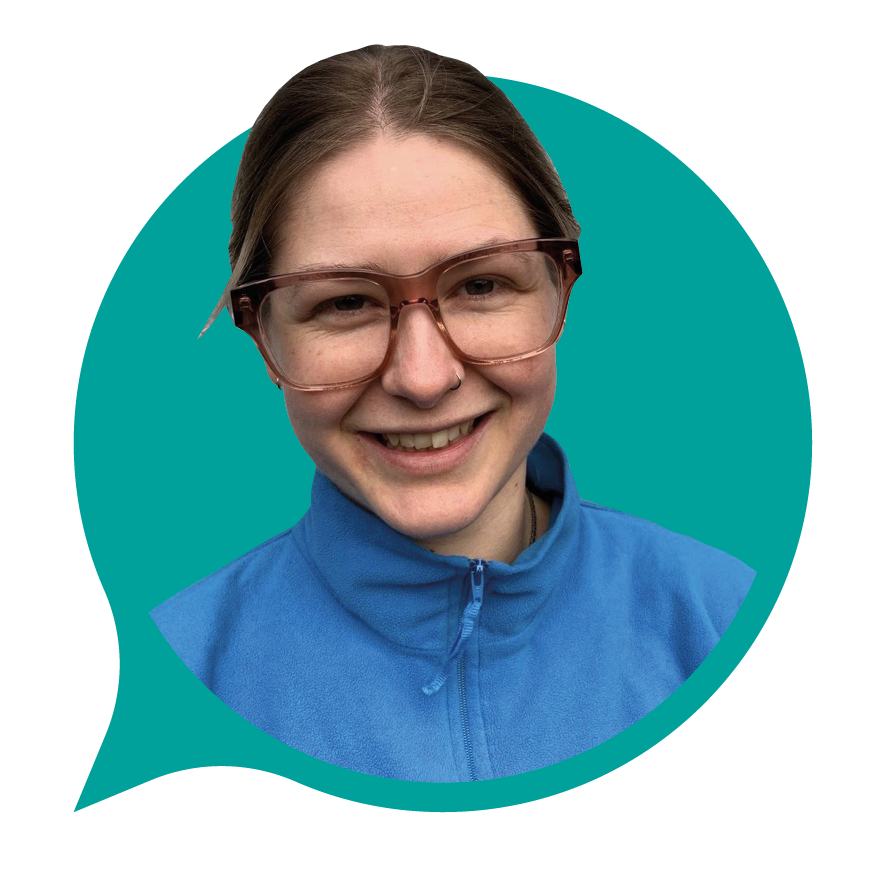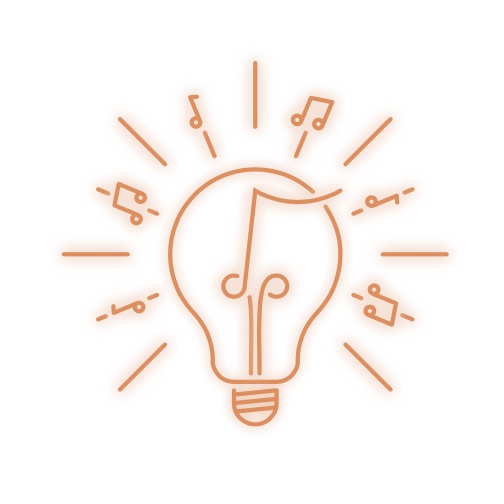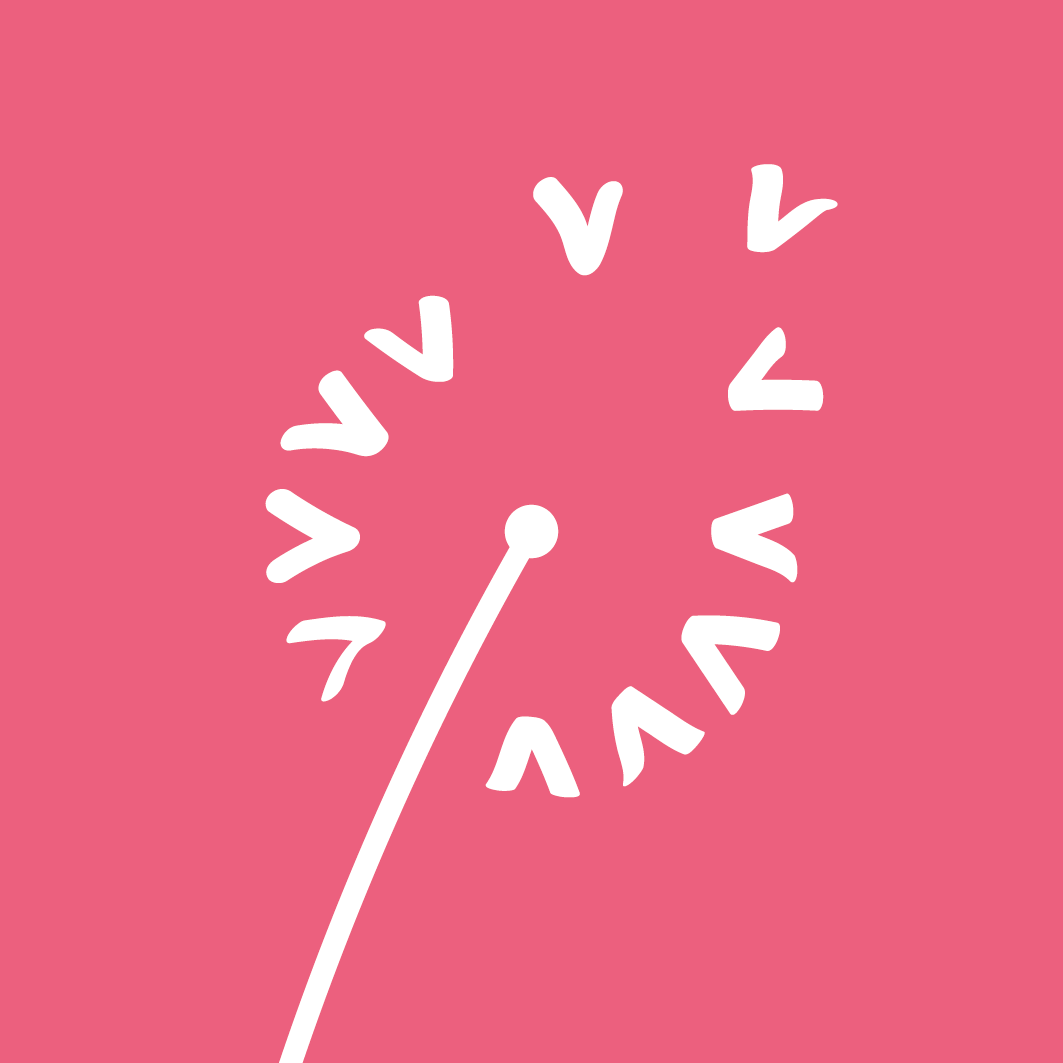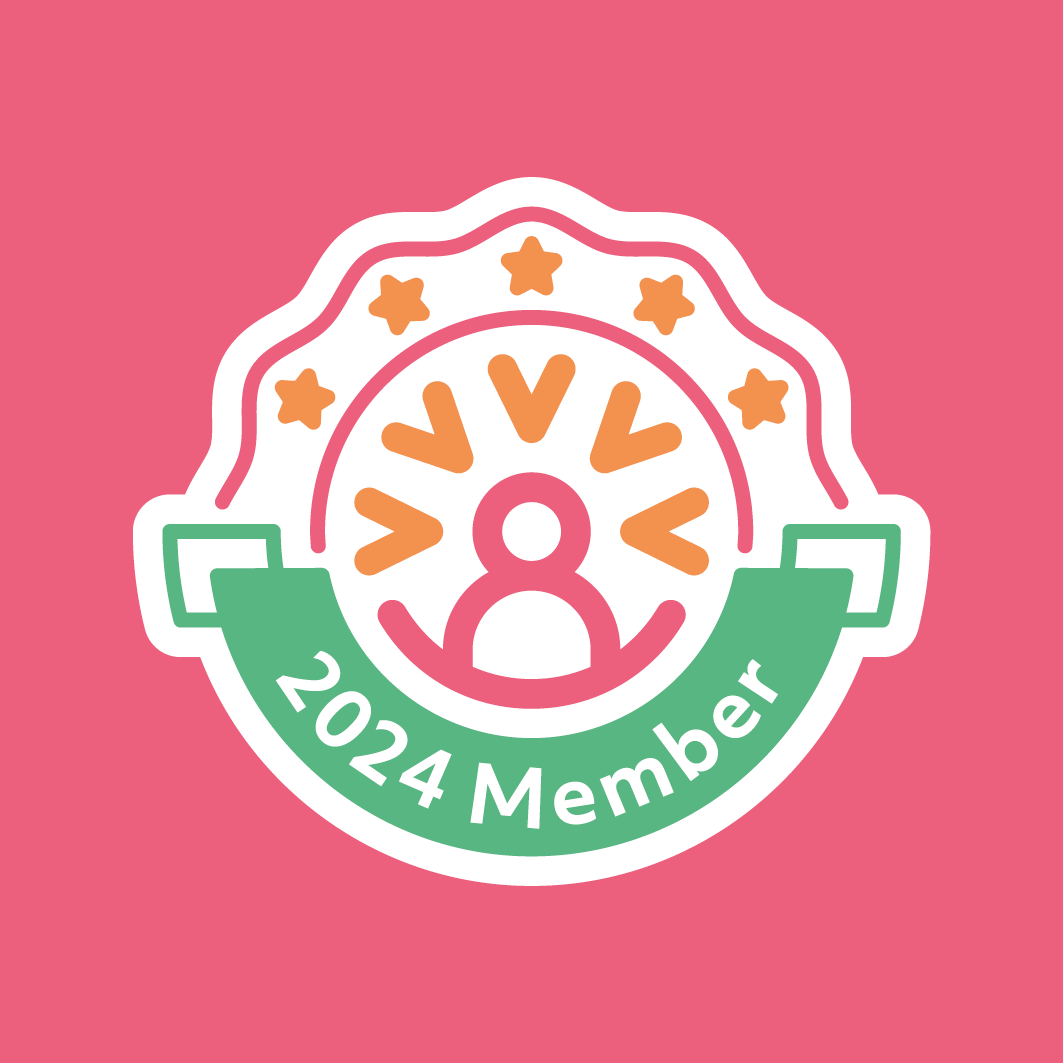Making research fun to include everybody’s voices
10 Apr 2024
The Live Music and Mental Health project, delivered in partnership between Children in Scotland, University of Stirling and Scottish Ensemble, explored the barriers to children and young people engaging with live music and supported them to co-create solutions to enable better access to support their mental health and wellbeing.
Last month, the findings from the project were published into a final report and here, University of Stirling’s Research Assistant, Louise Honeybul explains how the project’s multi-method research approach encouraged participants to feel comfortable contributing their ideas.
Ensuring everyone’s voice is heard and everyone can contribute is an essential part of working alongside children and young people. When designing evaluation tools, it’s important to make sure that everyone feels confident and supported to share their thoughts, and that providing feedback is easy and accessible.
Between May and October last year, the Live Music and Mental Health project heard from children and young people in Inverness, Stirling and Glasgow about what makes it difficult for them to access live music events, and what they would like from a live music event in their community. The project was delivered in partnership with Children in Scotland, the University of Stirling and Scottish Ensemble and included live music performances alongside the co-creation activities.
As researchers, we wanted to know if the format of the workshops and the way they were delivered allowed everyone to contribute their ideas and feel comfortable sharing. We recognised that sometimes, talking about how you feel or expressing negative feelings can sometimes be challenging, especially in new spaces with people you don’t know very well. Taking this into consideration, we devised a range of ways to collect evaluation feedback from children and young people using fun and creative methods.
Firstly, it felt important that the researcher was embedded within the group. That sounds a little sneaky, it just meant that as the researcher across the three labs, I was there every day and took part in all the activities with participants as well as conducting the research. This allowed participants to get to know me, spend time with me, and hopefully feel comfortable enough to share their feedback with me. I didn’t want to be someone who swooped in at the end with a badge and a clipboard to interrupt the fun and collect data from everyone!
When we designed the evaluation methods, my colleague, Dr Lynne Gilmour, and I recognised that not every format for collecting feedback is going to work for everyone; some people like writing, some people prefer talking and sometimes people just want to have a little boogie! We decided that designing a range of different feedback methods would allow everyone to contribute their thoughts. During the workshops, I used three different ways to collect feedback; a graffiti wall, vox pop interviews and an interactive ‘this or that’ game.
The graffiti wall, a large piece of paper with some question prompts and lots of blank space for doodling, allowed participants to provide written feedback. The first round of questions were about favourite artists or instruments they’d like to play as introductory prompts, and questions related to the outcomes were added throughout the course of the workshop. Time was allocated for contributing to the wall, but also throughout the day children and young people often chose to add small notes, doodles and play games on the wall – it became a piece of living art and reflection on the labs over the two days.
I also took participants aside to ask questions about how they were finding the day, if they’d felt comfortable sharing their ideas and what they were enjoying or not enjoying so much. Interviews were kept short and conducted individually or in groups according to participant preferences. Vox pops have long been used in research and journalism, but with the proliferation of ‘on-the-street’ style interviews in video-based social media, this style was immediately familiar to the young people.
Finally, at the end of the day we played an interactive ‘this-or-that’ game which involved individuals moving down the room and choosing the ‘Yes’ side or the ‘No’ side. Again, we devised this as something fun and interactive (participants could walk, jog, or dance to their answer side) that was recognisable because of similar formats used on social media. Finishing each day with the game was a fun way to draw everything to a close.
Importantly, we made sure that the evaluation methods didn’t take up too much time for each person and were planned into the labs so they weren’t disruptive to the other activities. We also stressed that no one had to participate in the feedback collection, or could participate in only some of the activities, however we did manage to capture some form of data from every participant!
When conducting evaluations with children and young people, it’s important to offer a range of ways everyone can contribute feedback, and make them fun, accessible and engaging. Our evaluation resulted in some great feedback from participants which reflected how much they’d enjoyed the sessions and highlighted areas we can work on in the future when designing co-production activities.
Click here to read the Mental Health and Live Music Final Report
You can find out more about the Live Music and Mental Health Project at our upcoming Annual Conference as the project team present the findings from their research as part of the workshop programme. To find out more, click here to visit the conference hub.

About the Author
Louise Honeybul is Research Assistant at the University of Stirling
Click here for more
Live Music and Mental Health
Read the full report sharing the findings from our Live Music and Mental Health Project
Read the report
Annual Conference 2024
Join us on 29 & 30 May at Scottish Gas Murrayfield Stadium, Edinburgh
Click here to book
Participation and engagement work
Find out more about how we embed the inclusion and participation of children and young people in our work
Click here for more
Our membership offer
Be part of the largest national children's sector membership organisation in Scotland
Click here for more